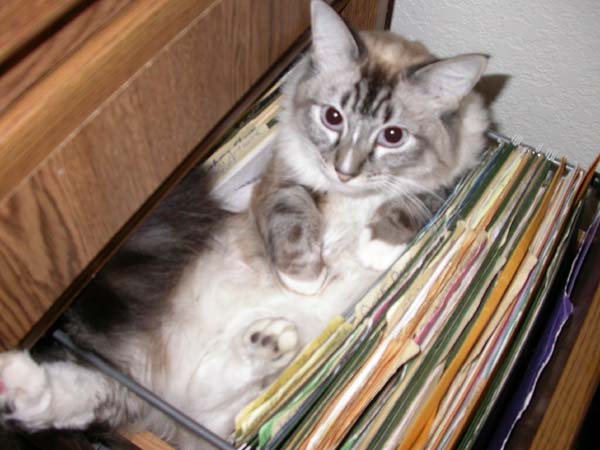This article was published in The Union Newspaper July 2018 as a part of their “Paws and Claws” featured section. Dr. Janeway has a monthly article where she answers questions from the general public about their pets. Questions can be submitted via the clinic email, Facebook page or this website.
Hi Dr. Janeway,
I have a question about my old cat Fuzzy Paws. She has arthritis in her hips. What can I do to help keep her comfortable?
Thank you,
Fuzzy Paws’ owner.
Hi Fuzzy Paws’ owner, thank you for your message! Arthritis in older cats can be a challenge to manage. Unfortunately, there are not very many pain or anti inflammatory medications that are safe to use in cats long-term. With a definitive diagnosis of arthritis, there are some non-medication options to help manage the pain and potentially slow the progression of arthritis in cats.
The first step to diagnosing arthritis is to have a full physical examination performed to pinpoint the area of discomfort. X-rays (radiographs) will need to be taken after the area of discomfort is identified for a definitive diagnosis. Unfortunately, medications classified as Non-steroidal anti inflammatory drugs (like ibuprofen or Tylenol that people can take) are not safe for use in cats. There is actually only one veterinary available non-steroidal drug labeled for use in cats (brand name Onsior). Onsior can only be given for three days in cats making it unsuitable for treating chronic conditions such as arthritis.
One of the easiest ways to manage arthritis is weight loss. We need to confirm Fuzzy paws is at a healthy weight for her size. Overweight animals are greatly predisposed to orthopedic issues. Weight loss in overweight pets will decrease pain associated with orthopedic or joint issues.
Oral supplements such as glucosamine/chondroitin and omega-3 fatty acid‘s can be beneficial to maintain joint and synovial (joint) fluid health. It is important to be sure that the glucosamine/chondroitin is from a veterinary recommended source and that the omega-3 fatty acid‘s are dosed appropriately for a cat.
There is also an injectable joint supplement called Adequan (only available from your veterinarian). Adequan works to increase the viscosity of joint fluid. Increased viscosity of joint fluid helps with cushioning of the joint and will decrease pain.
Other non-traditional therapies may also help to decrease inflammation or pain in joints. One example of this is acupuncture. Just as some humans find a great relief with acupuncture therapy it can be used in cats and dogs as well. Animals can show dramatic improvement from musculoskeletal injuries with acupuncture treatment.
A newer technology that we are trying at Brighton Greens Vet Hospital is called cold laser. Used in human sports medicine and gaining popularity in the veterinary field, cold laser can be used to greatly help reduce inflammation and pain from many different sources. The cold laser light is calibrated based on the body part being treated. The laser penetrates tissues to the targeted areas to increase energy production at the cellular level. This results in increased cell turnover for healing and increased blood flow to decrease inflammation.
Other management changes that you can make at home include: ensuring that her jumping is limited. She may also need a litter box with a low edge to help her easily get in and out. If she has a favorite place that she likes to hangout that is up high (my cat likes the window sill), you could try adding a stool or chair to make it not such a high distance for her to get up and down.
I hope this information has been helpful for you, if she has not had a thorough exam and radiographs please give us a call to schedule her evaluation.
Dr. Robin Janeway is a veterinarian at Brighton Greens veterinary hospital in grass Valley, near the fairgrounds. Follow us on Facebook to see new posts and to submit your questions and be featured in next month article! facebook.com/BrightonGreensVet

